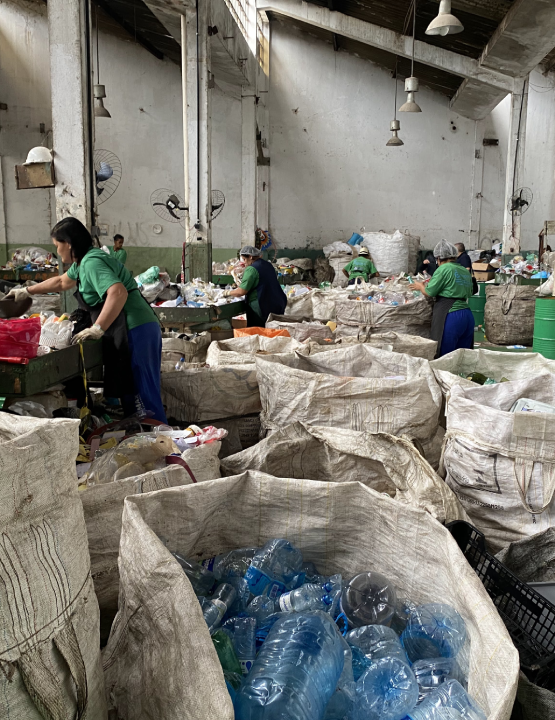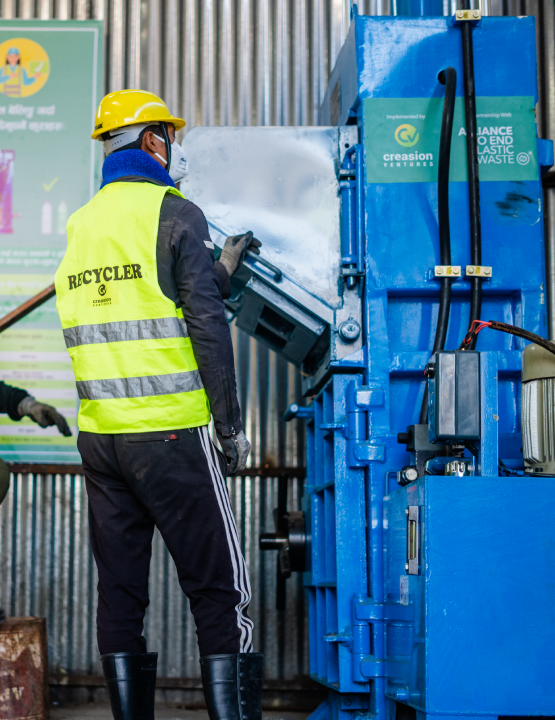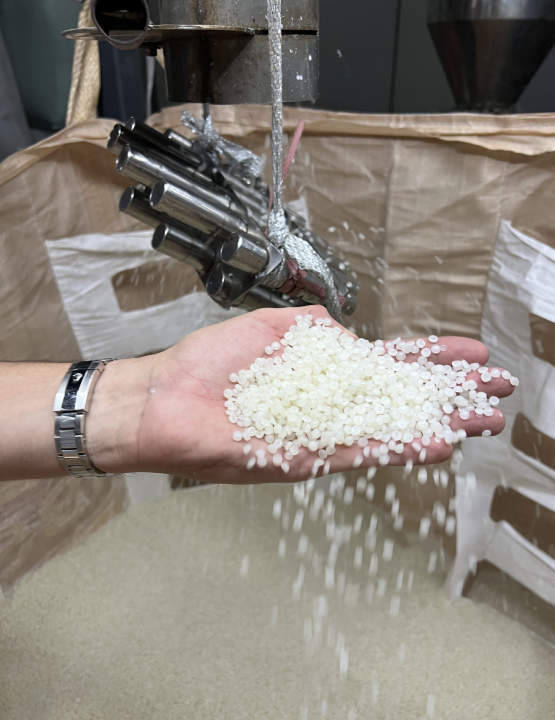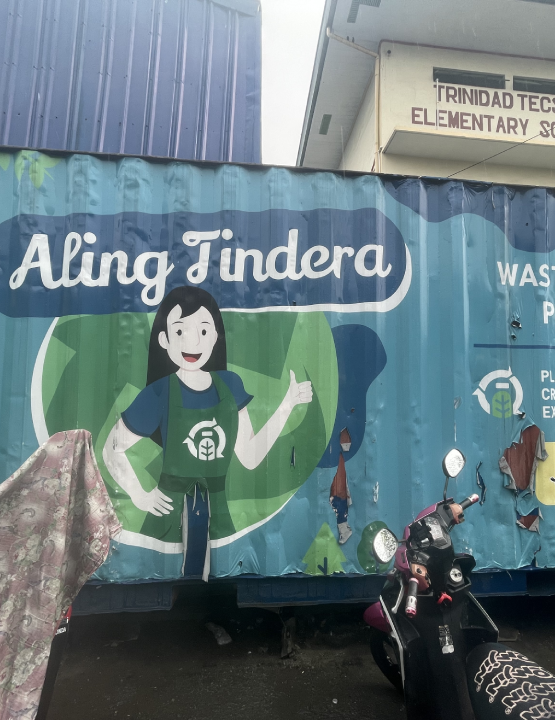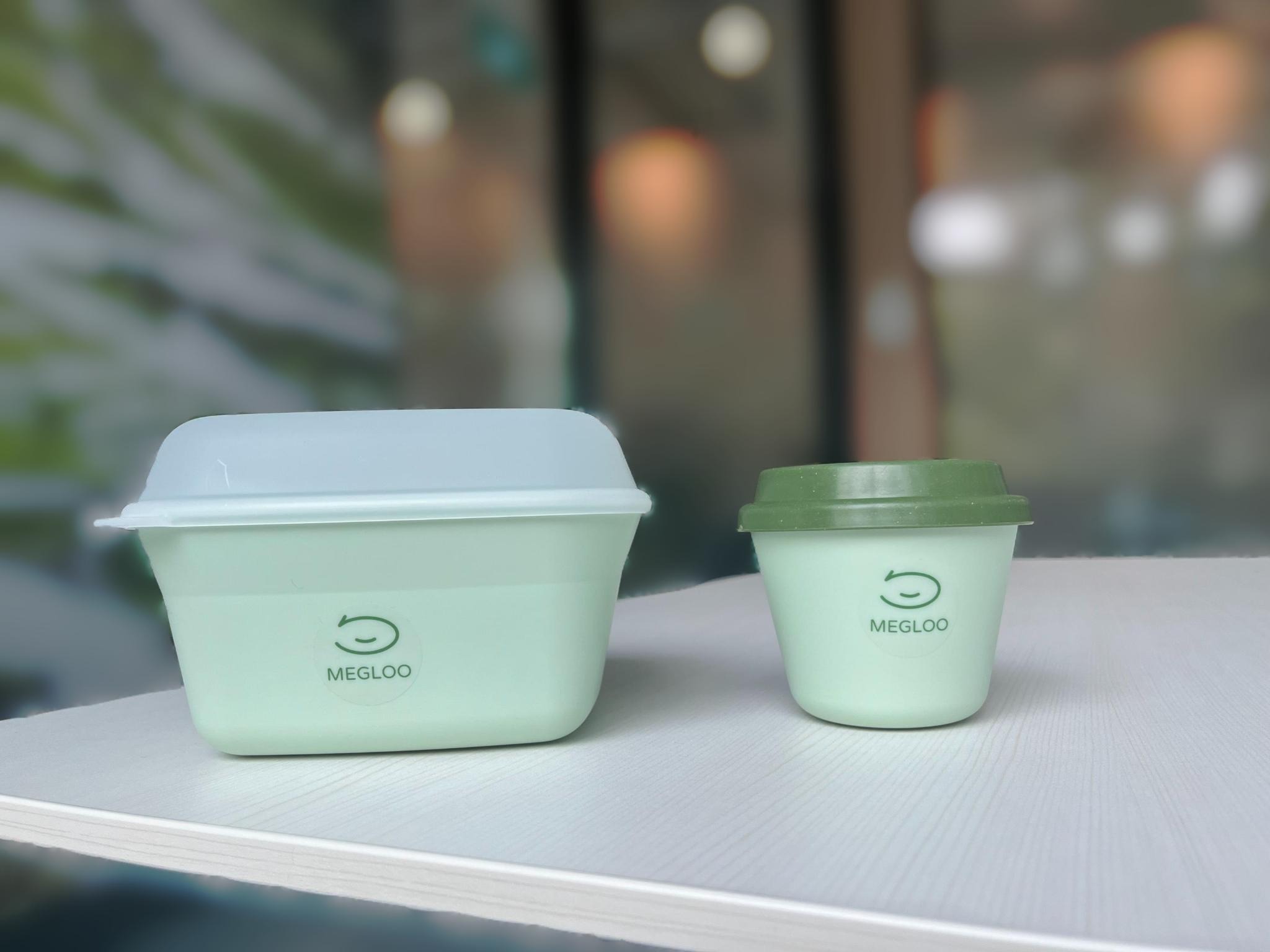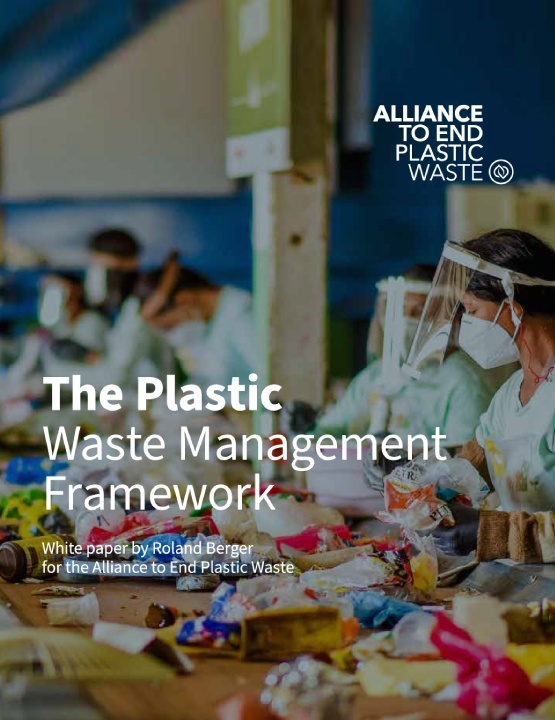The market for sustainable products is worth billions and growing exponentially. So what’s stopping companies from going green? Here are some ways to rethink your sustainability strategy.
Making sustainability affordable for all
Overview
Ethical consumerism is booming.
From Iceland to India, two-thirds of consumers globally now buy in tune with their beliefs, giving rise to a surge in values-driven spending.
Globally, the green technology and sustainability market is predicted to be worth US$37 billion by 2025, so great is the demand for such products and services.
Some consumers are even willing to pay 10-15% more for sustainable products—though others expect organisations to lead by putting people and planet first.
Sustainability already offers countless benefits and opportunities for industry and society. But the biggest transformation—and challenge—lies in making it both affordable and accessible.
Why companies struggle to go green
“There is a crippling vagueness about what sustainability means,” Geoffrey Jones, a business history professor at Harvard University told PBS NewsHour.
With few standards agreed on, going green can feel like a leap in the dark.
And as Walmart discovered during its affordable sustainability campaign in the mid- to late-2000s, the lack of clarity can lead to accusations of ‘greenwashing’ by consumers.
At the time, Walmart’s response was to build a framework to ensure they and their suppliers were working in tandem. The Sustainability Index (now THESIS index) was a clear metric that showed what different levels of sustainability look like.
The outcomes were twofold. Firstly, it encouraged suppliers to identify within their own value chains where they could introduce low-cost, eco-friendly practices.
And significantly, it meant Walmart’s budget-conscious customers could make positive green choices—knowingly or not.
Fear of extra costs
Research by YouGov reveals that the majority of consumers in the UK, USA, Germany, and Australia would pay more for eco-friendly products.
But, as Walmart found, consumers are almost twice as likely to ‘say than pay’. Some may support action against climate change but be unable to pay more for it, leaving some aspects of sustainability only accessible to the more well-off.
Sustainable practices can add between US$75 to US$120 to the cost of a dress, or can triple the price of a simple T-shirt. But even small rises push products out of the reach of economically sensitive shoppers.
This in turn leaves retailers in a tight spot as higher product prices help pay for innovation, or offset the risks of investment.
What the Walmart model suggests is that retailers and producers can find solutions tailored to their consumer base, and build in sustainability over the longer term.
Low-cost measures such as switching to renewable energy in-store or during transport can help consumers make greener choices without paying more. Sustainable or zero-waste packaging options could also let shoppers embrace activism while saving money.
Is education the missing part of the puzzle? For example, reusable bamboo straws may be more expensive to buy and yet more economical to use—but some of the effect is lost if consumers are unaware of the difference.
The other education dividend is that greater awareness can increase the market for green products, spreading higher prices across a wider base.
Ultimately, whether it’s consumers, suppliers or regulators, collaboration is key to addressing affordability.
5 things that can change how we approach sustainability
There is no shortage of innovators and organisations doing exciting things in this space.
But making sustainability affordable lies in collective action, shared responsibility and risk, and bold thinking.
Here are 5 starting points.
-
Government and industry regulation—including financial incentives and support to go green—plus transparency and trust for consumers.
-
Innovative collaboration. For example, partnering with new organisations to bring sustainability into workflows, production, or transport.
-
Introduce change to just one aspect of your organisation at a time or for short periods—Plastic Free July, for instance—to minimise cost and risks.
-
Be honest and collaborative with consumers. Explain the sustainable and ethical steps you are taking, but acknowledge challenges or changes that may come later.
-
Have a risk strategy that identifies the pain points for your organisation and offer alternative options.
Build on the success of others
Many companies are thinking creatively about plastic waste. These limit costs to consumers and organisations, while sometimes lowering them. They offer choice and communicate the idea of a shared endeavour.
- London football club Tottenham Hotspur pledged to eliminate plastic straws, stirrers, cutlery, and associated plastic disposable packaging from day 1 in their new stadium.
- Cleaning brand Method embraced each of the 3Rs from a packaging perspective. Their plastic bottles are made from recycled plastic bottles and are in turn designed for recyclability. They also offer consumers refill pouches.
- Slow fashion house Culthread uses recycled polyester, meaning less plastic going to landfill. But they’re also candid about drawbacks, including increased microfibre shedding during laundering. Their response has been to include wipe-clean clothing.
- The Guppyfriend Washing Bag tackles the microfibre issue within the home. The bag catches fibres released by synthetic textiles during washing, stopping them entering the water system and ultimately the food chain.
- Ice cream icon Häagen-Dazs removed plastic spoons from its mini cup multipacks. This change recognises most consumers buy the product to eat at home, so causes minimal inconvenience while still getting the message across. The brand has also committed to 100% recycled packaging by 2022.
These successes in sustainability show that an all-or-nothing approach isn’t necessary. We can take small steps and still get to where we need to be. However, collaborative working in new and innovative ways may be the leap that gets us there faster.

